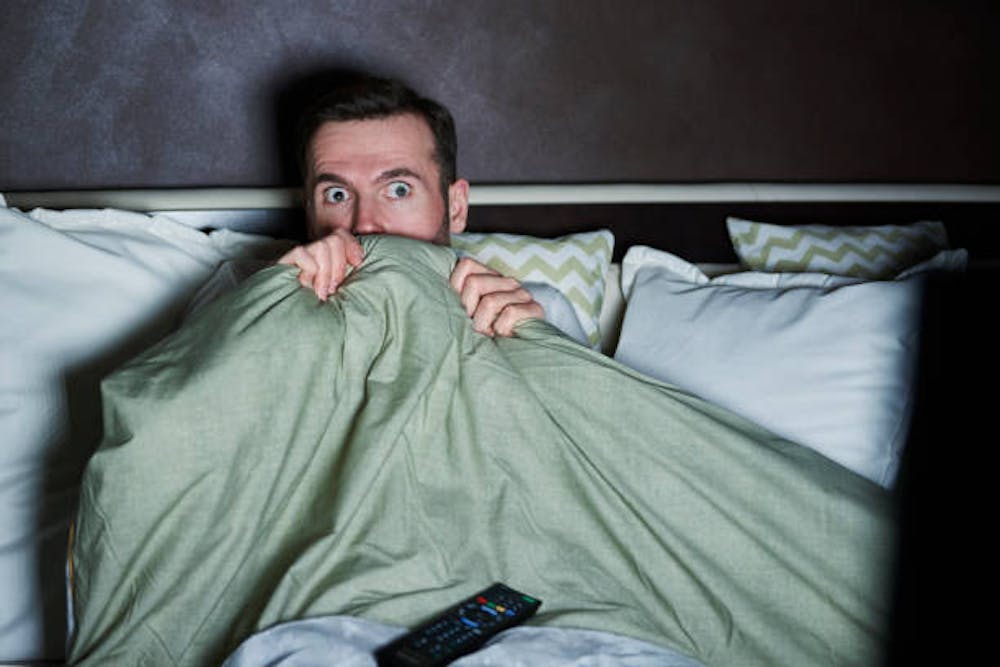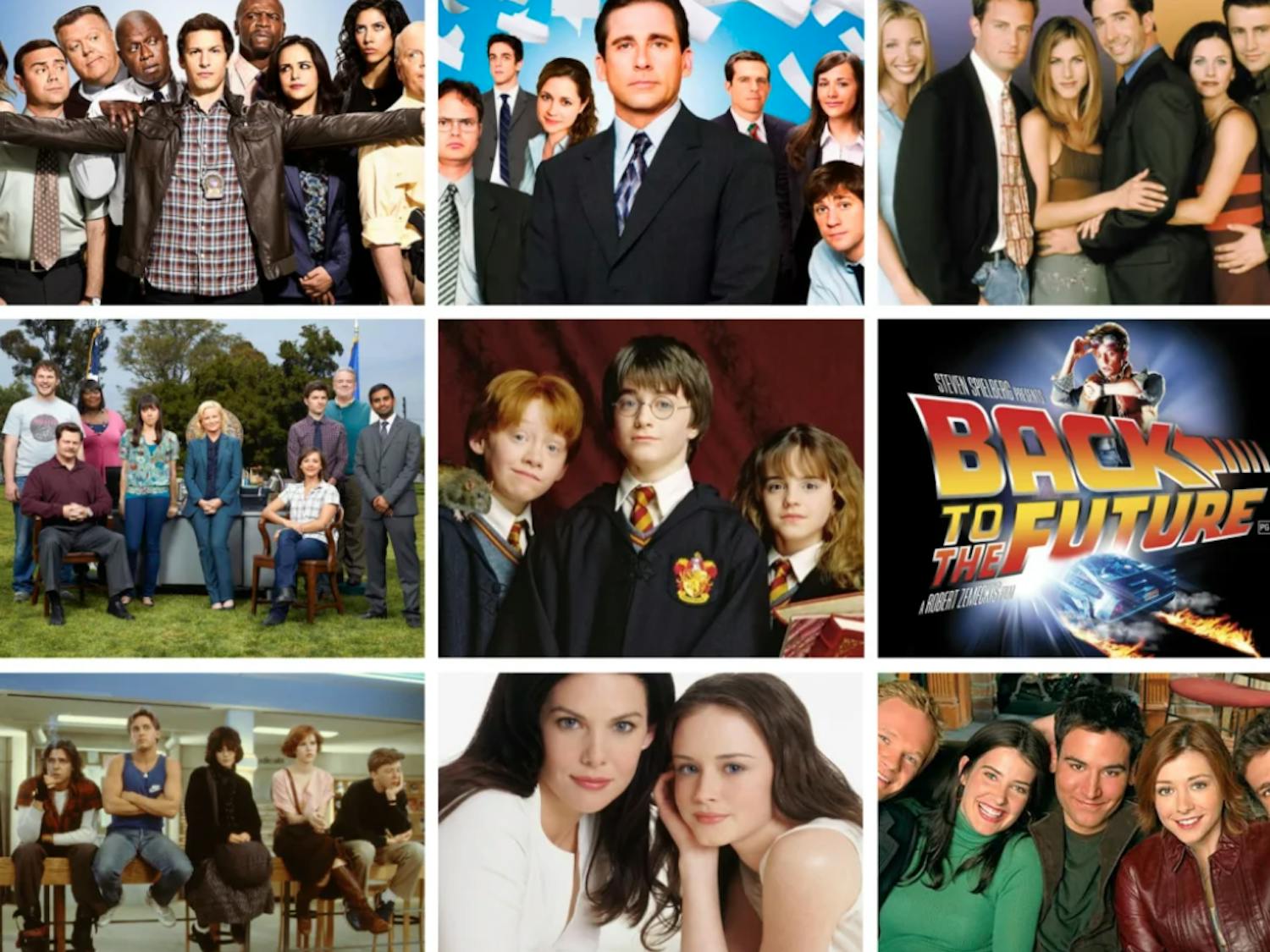Because of its expansive and creative nature, the horror genre can’t be traced back to a specific century but emerged most prominently in the form of gothic literature in the 19th century. This includes classics like Mary Shelley’s Frankenstein, Bram Stoker's Dracula, and Oscar Wilde’s The Picture of Dorian Gray.
Since its popularization in literature, it evolved into the countless adaptations we now call “horror” in the form of campy and histrionic movies and shows like Jennifer’s Body, Interview with a Vampire, Bodies Bodies Bodies.
Despite their popularity with younger generations, these movies and shows have been criticized for unabashed themes of melodrama, queerness, and sexuality in comparison to presumably subtle and figurative media.
While these themes don’t reflect that of the original pillars of the genre as covertly as early horror, they aren’t as different from their predecessors as people think.
Jennifer’s Body (2009), shares the story of two high school-aged girls who become entangled with plots of satanic sacrifice and possession. After she is possessed as a result of a kidnapping, assault, and satanic sacrifice at the hands of three men, Jennifer, played by Megan Fox, becomes a man-eating demon.
When it was released, many believed it to be a poor attempt at guising the sexualization of Megan Fox within its horror elements. In a reality that is not shrouded in misogyny and objectification, Jennifer’s Body was always meant to portray toxic female friendships, closeted queerness, and how young women are taken advantage of, and merely uses horror elements like possession to show this in a socially digestible way.
The monster Jennifer becomes, however evil, is a victim of the very real problem of violent misogyny, the same thing people accuse the movie to be enabling.
Horror is intrinsically metaphorical and has been since its earliest origins. Every successful horror film or book is rich in social commentary, but veiled enough by ghouls and goblins that this isn’t blaring.
All early gothic literature that is now critically acclaimed stands as a testament to this as they reflect what was once taboo about their society; Frankenstein is about a fear of technology in a rapidly industrializing society, Dracula is about the “salacious” topic of female sexuality, and The Picture of Dorian Gray can be argued to depict homosexuality.
Horror was created to talk about all things deemed taboo. It didn't suddenly become political, it always has been. Now, creatives are less afraid of social damnation caused by themes they choose to include in their art.
Two hundred years ago, many simply couldn’t afford that risk, as demonstrated by the clever and inventive minds of early gothic literature.
The only difference between the many generations of horror creatives and connoisseurs is that what was once taboo is the norm, and what was once hidden in metaphor, figurative language, and make-believe beasts, is fearlessly present.




